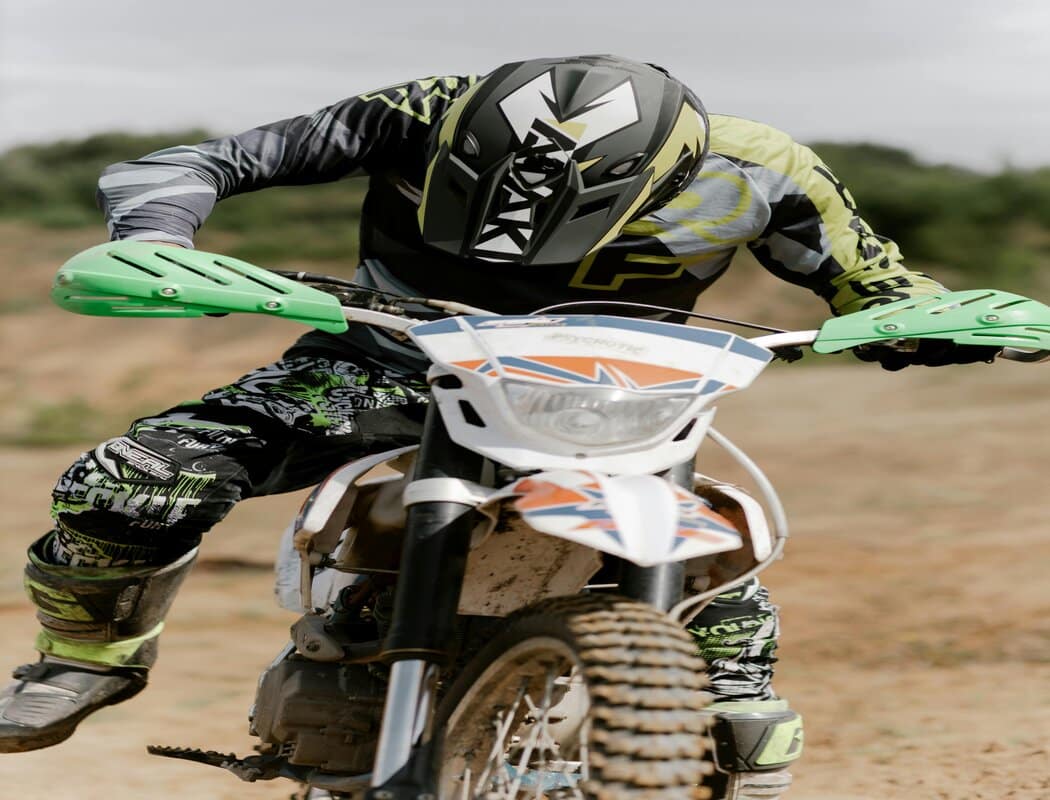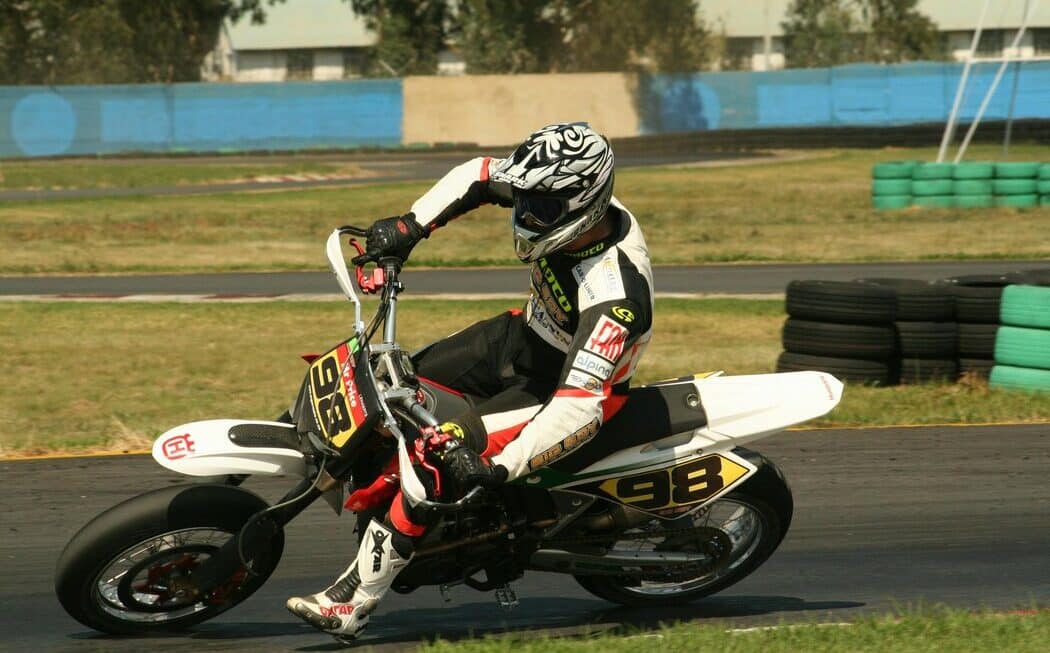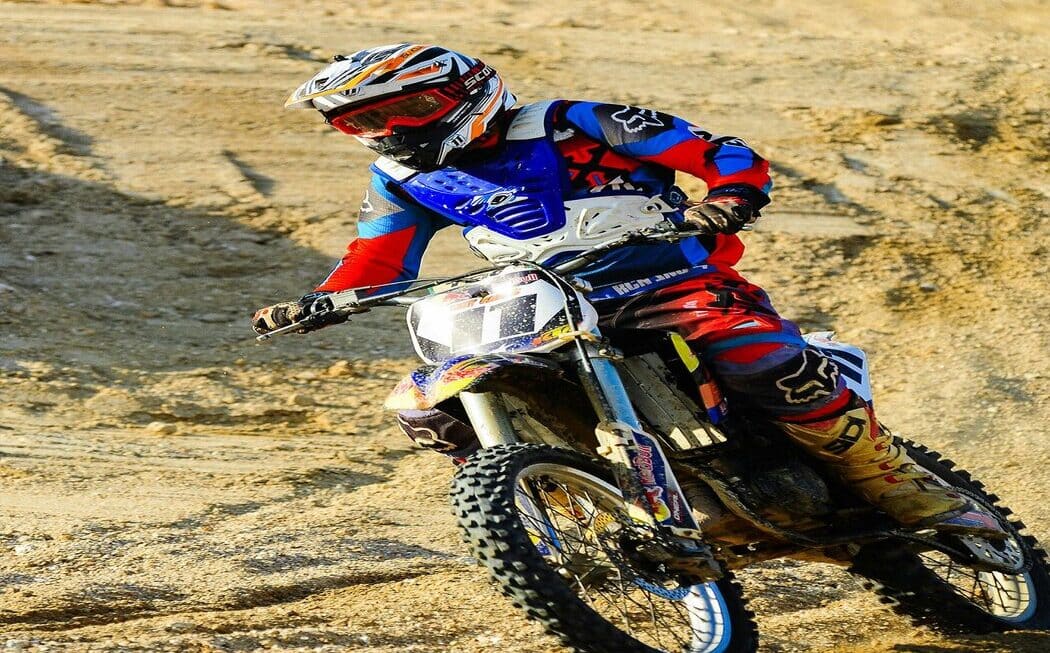For off-road aficionados and dirt bike enthusiasts, the term ‘bump start’ is no minor clause in the rider’s language. It’s more like an emergency mantra—a knowledge essential for the moments when the engine decides to leave you in the lurch in the middle of nowhere. Understanding the art of bump starting a dirt bike can mean the difference between a gritty solo adventure and a hike back to civilization.
Understanding the Basics of Bump Starting
When is Bump Starting Necessary?
Bump starting, or push-starting, a dirt bike is necessary when the electric starter fails, typically due to a drained battery. It’s a method to engage the engine by rolling the bike in gear to create the necessary momentum for the engine to fire up. Bump starting is also an emergency measure when the kick-starter fails or if the bike stalls in a race.
How to Bump Start a Dirt Bike
Bump starting a dirt bike requires a combination of technique, timing, and a bit of physical exertion. Follow these steps to get your bike running again:
Find a Suitable Location
Look for a slightly downhill section or a flat area where you can safely push the bike and jump on without obstacles.
Preparing for Bump Starting
Safety should always be a priority. Before even attempting to bump start the bike, make sure to equip yourself with proper protective gear, including a helmet, gloves, and durable riding boots. Position the bike on a level surface with plenty of room to begin rolling and ensure the bike is in neutral gear. If the bike has a kick-starter, try using that first before attempting to bump start. It’s also helpful to have someone else with you who can assist in pushing the bike.
Engaging the Right Gear
Start by standing on the left side of the dirt bike with one hand on the clutch and the other on the handlebars. The bike should be in a gear approximately two to three downshifts from the top (gear position depends on the bike model), so that there is adequate resistance from the rear wheel to help the engine start without skidding.
Finding the Compression Stroke
Roll the bike forwards with the clutch held in. Your aim is to find the compression stroke – the hardest part of the stroke on which the ignition fires. You’ll feel resistance. This position is critical for a successful bump start.
Building Momentum
On a slight downhill or with the help of a buddy, push the bike at a brisk walking pace. Make sure the ignition is on and the engine cut-off switch is set to run. Engage the clutch lever and keep it held in as you continue to gain speed.
Releasing the Clutch Smoothly
Once there’s enough momentum, release the clutch smoothly and quickly. The engine should start as you release the clutch lever, and you should be ready to control the bike. It may take a few attempts to get the timing right.
Keep the Engine Running
If the engine starts, immediately pull in the clutch again to avoid stalling. Keep the engine running for a few moments by gently revving before setting off.
Remember, bump starting a dirt bike might take a few attempts, especially on flat ground. Patience and practice are key to mastering this technique.
Troubleshooting and Tips
Common Issues and Solutions
If the bike doesn’t start after releasing the clutch, repeat the process from finding the compression stroke. Low speed might also be an issue—ensure you’re pushing the bike with enough force. Additionally, a technique called ‘back in’ can be used by reversing the bike while in gear to find the compression stroke more quickly.
Ensuring Safety Post-Bump Start
After successfully bump starting your dirt bike, it’s crucial to immediately check the surroundings and ensure that you are in a safe position to ride. Adjust your speed and gear appropriately to the terrain ahead. Avoid abrupt maneuvers until you’re fully in control of the bike and confident in its operational state post-start. Remember, the bike might behave slightly differently immediately after a bump start, so give yourself a moment to readjust.
Tips for Successful Bump Starting
Make sure the engine kill switch is turned off and the throttle is not twisted open.
For steeper hills or heavier bikes, you might need more speed—work with your bike’s particular needs.
If you’re bump starting a two-stroke bike, keep the throttle open while bump starting to provide more fuel and air to help the engine start more easily.
Additional Tips and Tricks
- If your bike has a decompression lever, use it when trying to bump start. This lever releases compression within the engine, making it easier to turn over.
- If the bike is still not starting after a few attempts, try changing gears or adjusting the angle of the push start.
- Avoid bump starting on steep inclines as it can be dangerous and put extra strain on the engine.
- Regular maintenance of your dirt bike, including checking the battery and electrical system, can decrease the chances of needing to bump start in emergency situations.
- Always practice bump starting in a safe environment before attempting it on a trail or race track. Familiarize yourself with your bike’s specific requirements and technique to ensure a successful start every time.
Bump starting may seem like an intimidating task, but with proper preparation and practice, it can become second nature for any dirt bike rider. Knowing how to bump start can give you peace of mind on the trails and allow you to continue your off-road journey without interruptions. So, keep riding, stay safe, and always be prepared for any situation that may arise!
Practice Makes Perfect
The best time to learn how to bump start your motorbike is not in the moment of crisis. Find an open space and practice under different circumstances, such as uphill and downhill starts. Remember, practice is the only path to proficiency. Don’t hesitate to review these steps for a successful bump start before heading out on your next off-road adventure. Safety first, but always keep riding! Happy trails! Keep the Engine Running
If the engine starts, immediately pull in the clutch again to avoid stalling. Keep the engine running for a few moments by gently revving before setting off. Remember, bump starting a dirt bike might take a few attempts, especially on flat ground. Patience and practice are key to mastering this technique. With time and experience, you’ll be able to confidently bump start your bike anytime, anywhere. Take care of yourself and your bike, and always be prepared for any situation that may arise while riding off-road. Happy trails!
Conclusion
In the world of dirt biking, mastering the art of bump starting is akin to learning to change a tire in the world of the automotive. Knowing how to engage your bike without the aid of electric power not only makes for a more independent riding experience, but it fills you with a quiet confidence—a reassuring knowledge that you can handle the unexpected.
Always prioritize safety and approach bump starting with the patience and respect it deserves. With time, even the most inexperienced riders can develop this useful skill and get back on the trail in no time.
For beginners, don’t shy away from this aspect of dirt biking. It’s your gateway to the more technical aspects of bike control and maintenance. And remember, every seasoned dirt rider was once a beginner facing the same learning curve. Keep at it, and you will soon be the one offering advice to novices at the part where the trail ends and true adventure begins.



